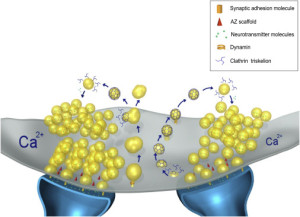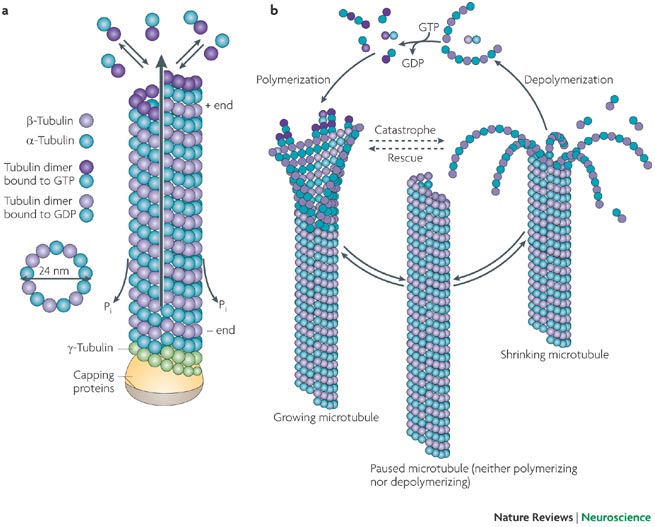Write4U
Valued Senior Member
continued.....

https://today.tamu.edu/2018/01/05/how-do-synapses-work/
The microtubule cytoskeleton at the synapse
JulieParatoabFrancescaBartolinia
Highlights
https://www.sciencedirect.com/science/article/abs/pii/S0304394021002287

https://today.tamu.edu/2018/01/05/how-do-synapses-work/
The microtubule cytoskeleton at the synapse
JulieParatoabFrancescaBartolinia
Highlights
AbstractDynamic microtubules enter dendritic spines in an activity-dependent manner, where they contribute to structural plasticity.
The microtubule cytoskeleton acts as a scaffold at inhibitory postsynaptic sites, where it controls the “influx” and “efflux” of receptors during synaptic plasticity.
Presynaptic microtubules play multiple roles in bouton organization, local synaptic vesicle trafficking and mitochondrial arrangement in the terminal.
Synaptic microtubule dysfunction may underlie neurological disease.
In neurons, microtubules (MTs) provide routes for transport throughout the cell and structural support for dendrites and axons. Both stable and dynamic MTs are necessary for normal neuronal functions. Research in the last two decades has demonstrated that MTs play additional roles in synaptic structure and function in both pre- and postsynaptic elements.
Here, we review current knowledge of the functions that MTs perform in excitatory and inhibitory synapses, as well as in the neuromuscular junction and other specialized synapses, and discuss the implications that this knowledge may have in neurological disease
https://www.sciencedirect.com/science/article/abs/pii/S0304394021002287
Last edited:





